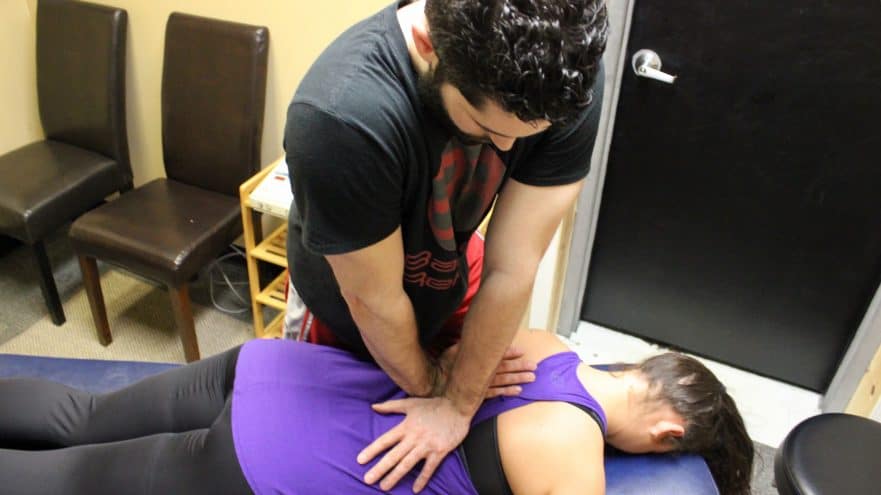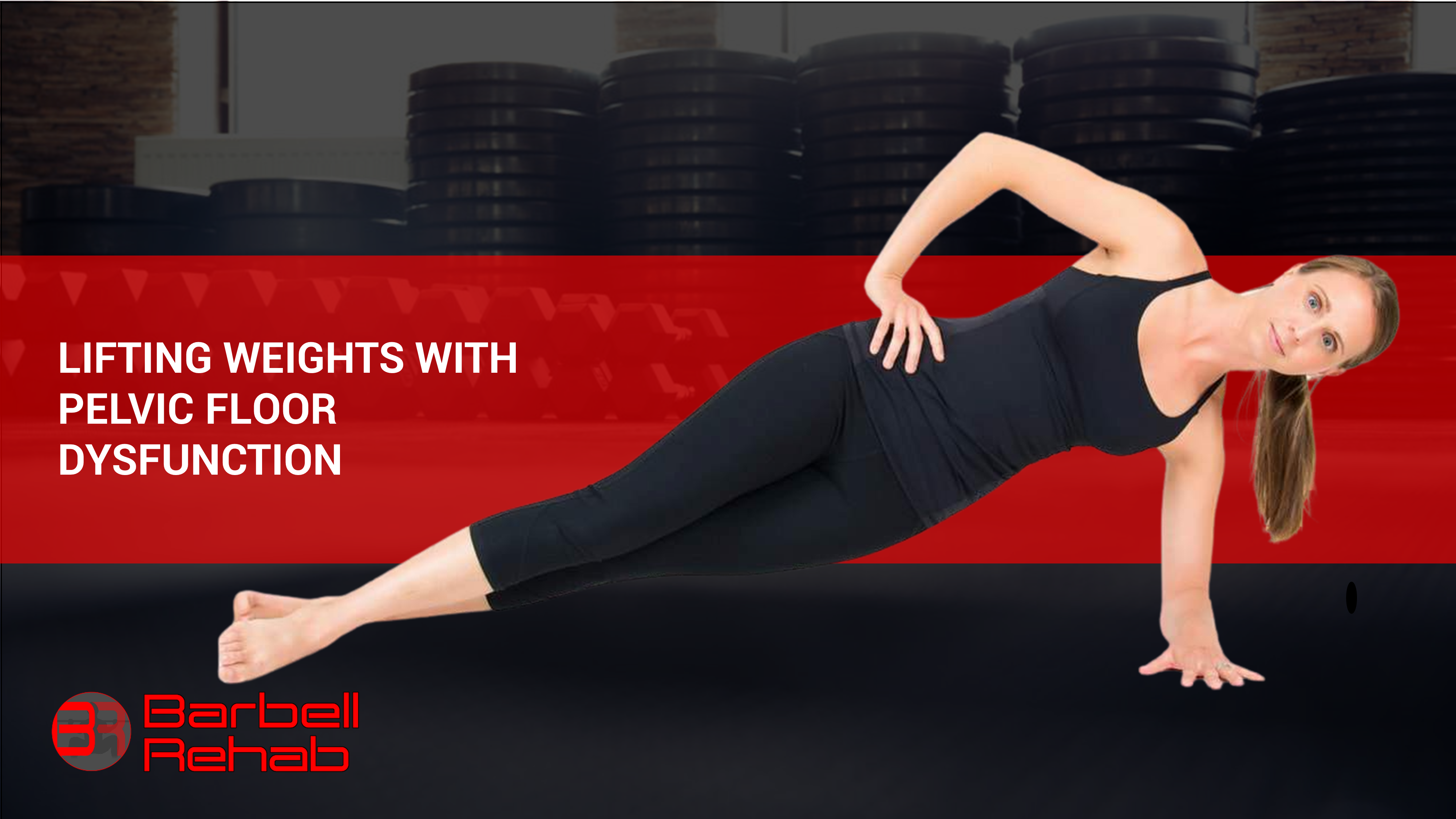Spinal manipulation has been around for centuries; however, many of its claims are vastly exaggerated. Here's how to use it the optimal way to decrease pain and maximize performance!
What Manipulation Doesn't Do
Before I explain the benefits of spinal manipulation, a few things need to be cleared up first. Hold onto your seats folks, it may get messy!
Put Vertebrae Back in Place
If you have been told be any practitioner that you have certain spinal bones or a pelvis that is “out of place” you’ve been lied to. Most of the time this isn’t intentional though. The spinal subluxation model, or the idea that vertebrae get "misaligned" and need the skilled hands of a practitioner to be put “back in” is an older model that has been debunked by modern science.
Unfortunately, clinicians still preach it as gospel, leading many people to go through life terrified to move, as they might “throw their back out” again. This simply isn’t the case. If your vertebrae could go in and out so easily and be put back in place by a simple thrust of “skilled” hands, people’s spines would be crumbling under a heavy barbell. Stop with the nonsense!
Cause Permanent Change
Spinal manipulation techniques don’t result in permanent structural changes. Yes you may “feel” great immediately after, but it’s only temporarily. Since nothing is being “realigned” or “put back into place” the results of manipulation isn’t even structural.
This is why people feel the frequent need to be manipulated, and practitioners reap the monetary benefit of convincing people into thinking they need to be seen often for "maintenance" care. You often feel great right after a manipulation, but without the proper follow up, things usually go right back to the way they were before.
Cure Disease
The fact that I even have to bring this up saddens me. Despite what your local snake oil salesman says, there isn’t a shred of evidence that a manipulation can cure any kind of disease. End of story!
What Manipulation Does Do
Now that we’ve cleared up the misconceptions surrounding spinal manipulation, here’s what it ACTUALLY does, and why I utilize it.
Pressure Change
Did you ever crack your knuckles? It feels good right? When you crack your knuckles, the synovial fluid inside your joint is displaced causing a pressure change and an audible “pop.” This is the same thing that is happening when you receive a spinal manipulation. Just like your knuckle isn’t going “back into place,” your spine isn’t either.
Immediate Pain Reduction
One of the benefits of spinal manipulation, and why I utilize it occasionally, is the immediate pain reduction people experience with it. In fact, at times it can be quite drastic. I, and many other practitioners, have experienced a complete reduction in pain with one simple manipulation. Like mentioned before, however, this usually isn’t permanent. It’s the education that’s provided after that can make all the difference.
Improved Ability to Exercise
Spinal manipulation can cause a rapid reduction in pain that can allow the patient to immediately exercise after more efficiently. The manipulation itself isn’t permanent. It’s the exercise performed in the new pain-free range AFTER the manipulation that can begin to change structure. Manipulation should ONLY be used as a bridge to exercise and progressive loading. Plain and simple.
Here’s an example. Often times people complain of a “pinching” sensation in the side of the neck in the lockout position of the overhead press. Performing a spinal manipulation to this region to rapidly decrease pain and stiffness can allow the patient to immediately press overhead without a pinch. This is how manipulation should be used!
Conclusion
Vertebrae don’t go out of place and spinal manipulation doesn’t put them back. It’s simply a quick change in pressure that feels good. With the proper education, it can be successfully utilized as part of a complete rehabilitative program. Rapidly decrease pain with spinal manipulation, and solidify the changes with progressively loaded exercise!
References
- Mirtz TA, Morgan L, Wyatt LH, Greene L. An epidemiological examination of the subluxation construct using Hill's criteria of causation. Chiropr Osteopat. 2009;17:13.
- Tullberg T, Blomberg S, Branth B, Johnsson R. Manipulation does not alter the position of the sacroiliac joint. A roentgen stereophotogrammetric analysis. Spine. 1998;23(10):1124-8.





